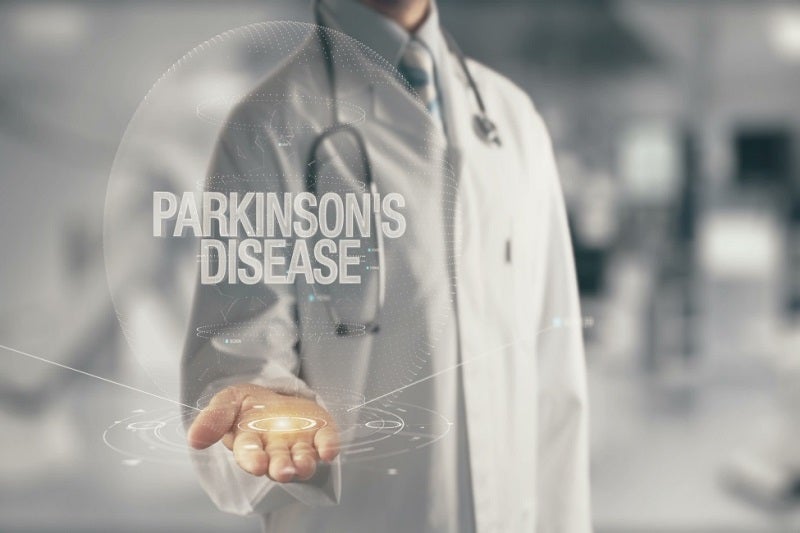
Researchers from Florida Atlantic University’s College of Engineering and Computer Science have collaborated with the Icahn School of Medicine and the University of Rochester Medical Center to develop machine-learning algorithms to track tremors in patients suffering from Parkinson’s Disease.
Around seven to ten million people worldwide suffer from Parkinson’s, the second-most age-related neurodegenerative disorder.

Discover B2B Marketing That Performs
Combine business intelligence and editorial excellence to reach engaged professionals across 36 leading media platforms.
The most significant problem in Parkinson’s is tremor, an involuntary movement disorder that affects the daily activities of patients.
Typically, neurologists measure the tremors using the Unified Parkinson’s Disease Rating Scale (UPDRS).
However, UPDRS is an onsite physical examination method that offers only a glimpse of the tremors that patients experience in their everyday activities.
FAU department of computer and electrical engineering and computer science assistant professor Behnaz Ghoraani said: “A single, clinical examination in a doctor’s office often fails to capture a patient’s complete continuum of tremors in his or her routine daily life.

US Tariffs are shifting - will you react or anticipate?
Don’t let policy changes catch you off guard. Stay proactive with real-time data and expert analysis.
By GlobalData“Wearable sensors, combined with machine-learning algorithms, can be used at home or elsewhere to estimate a patient’s severity rating of tremors based on the way that it manifests itself in movement patterns.”
Researchers have investigated the application of two machine-learning algorithms, gradient tree boosting and LSTM-based deep learning.
Results from the study showed that the gradient tree boosting method estimated total tremor and resting tremor sub-score with high accuracy and in majority cases with the same results determined through the UPDRS.
Patients also experienced a decline in tremors after taking medication, even in cases where results did not match with the total tremor sub-scores recorded through the UPDRS assessments.
Out of all existing UPDRS task-dependent methods and task-independent tremor estimation methods, this process is claimed to have provided the highest performance results.
Meanwhile, in a separate development, Medtronic has launched its advanced Patient Programmer technology for Deep Brain Stimulation (DBS) therapy at the Samsung Developers Conference in San Jose, California.





